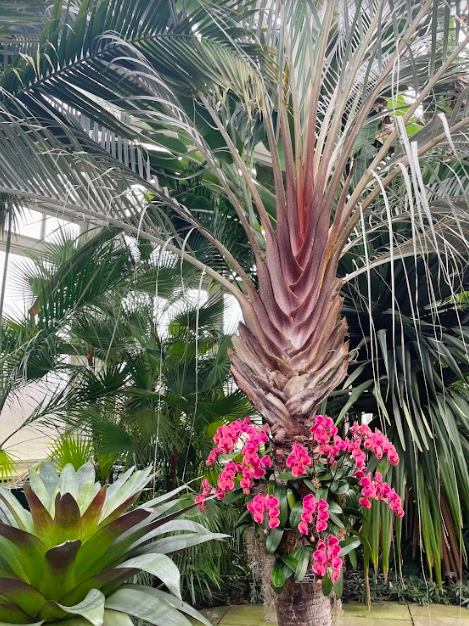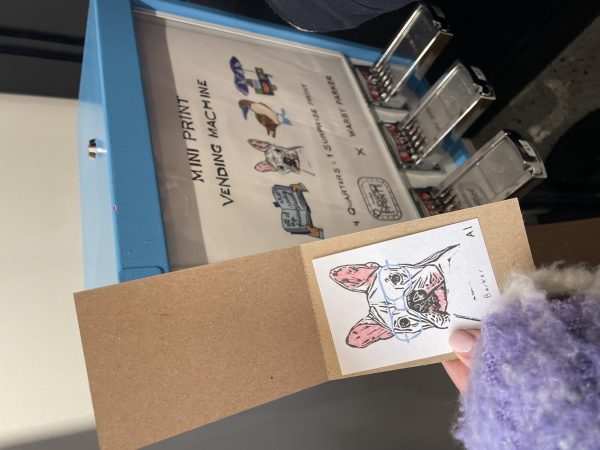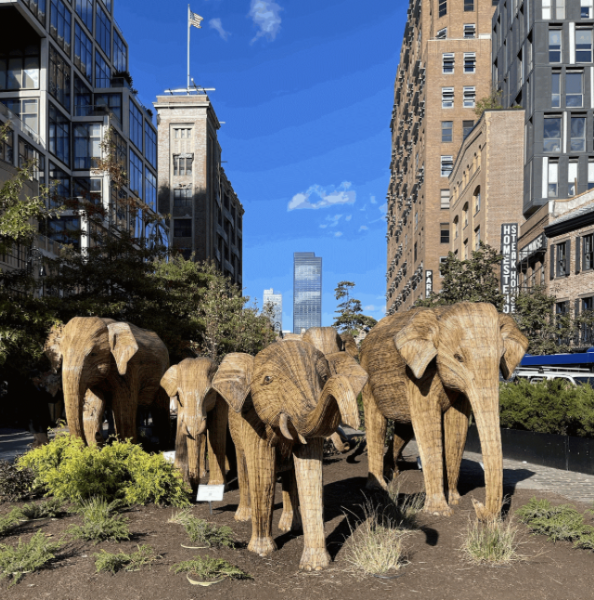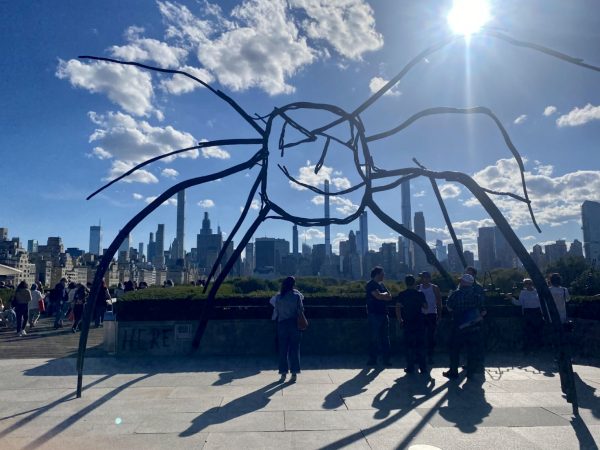Remembering “Natural Heritage” in NYBG’s Orchid Show
On Feb. 18, the New York Botanical Garden (NYBG) opened its doors for the 20th annual Orchid Show, “Natural Heritage.” This year, Lily Kwong, the show designer, created a meditative, unique experience unparalleled to years before in its beauty and distinct personal connections. In a cold, dark winter of sleeping dormant plants, the orchid show brings a sense of liveliness, plant diversity and color to the New York Botanical Gardens. As seen in multiple areas throughout the exhibit, Kwong’s inspiration for the piece stems from her ancestral connections to nature. More specifically, in creating this piece, Kwong incorporated art objects that were valuable to her family and Chinese roots. For instance, Kwong received a scroll passed down from her ancestors as a gift when she got married. At the beginning of the exhibit, Kwong displays a magnification of an image of a wave of moth orchids that appeared on the scroll. By incorporating this personal connection into the exhibit, Kwong directly connects her ancestral roots and family background with her audience. In designing this autobiographical piece, Kwong hopes to inspire her audience to examine their own personal stories and backgrounds and believes that doing so can be a powerful experience for all individuals, no matter where they come from.
This year is unprecedented because Lily Kwong is the first female designer of the NYBG’s yearly orchid show. For the past twenty years, there has never been a female designer for the show. What’s more, as the first female designer, Kwong took the initiative of using an all-female team throughout creating the show. Additionally, Kwong expressed that the show is dedicated to her grandmother, an important female figure in her life who she kept in mind throughout the entirety of her creative process.
The exhibit transports you to a tranquil, creative peace of mind as soon as you enter. In every direction you look, your eyes are met with explosions of color from the orchids. In the center of Haupt Conservatory, an array of violet, pink and white orchids are arranged on top of large pieces of soft moss. The sheer size of these moss sculptures draws your eye to the orchids and probes you to acknowledge their beauty. The fusion of the moss and the orchids creates an aesthetically pleasing, peaceful piece of nature. In this part of the show, Kwong combines many natural elements to create beautiful sculptures out of the different orchid species. Walking through the show, I noticed tranquil, soft music playing throughout the conservatory, which further adds to the meditation aspect of the exhibit.
As you continue to walk through the conservatory, there are more opportunities to meditate and resonate with nature. In one walkway, I noticed poems on the placards of the plants, which offer another chance to meditate and be at peace with the beautiful green and white flowers in front of you. Throughout the walkways of the exhibit, the diversity of the texture, size and color of the plants represents the beauty of diversity in nature. When the different species of orchids, moss and other plants come together, there is harmony amidst a celebration of plant diversity.
In admiring the beautiful orchid show created by Kwong, I was reminded of the beauty of nature and how nature can be an empowering work of art that can heal the soul. No matter what we face, nature will always be a powerful escape. Located right across the street from the gates of Fordham University, I strongly recommend checking out the orchid show at the New York Botanical Gardens. More specifically, “Natural Heritage” is open until April 23 at the Gardens. If you’re looking for a dreamy escape to relax, unwind and settle your mind, visit the show before it closes and get lost in its floral beauty.












































































































































































































